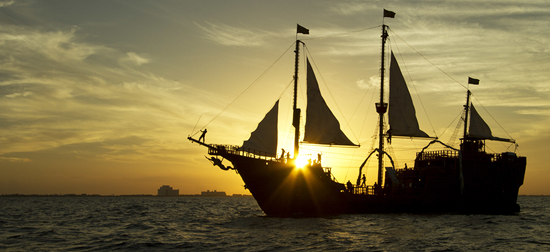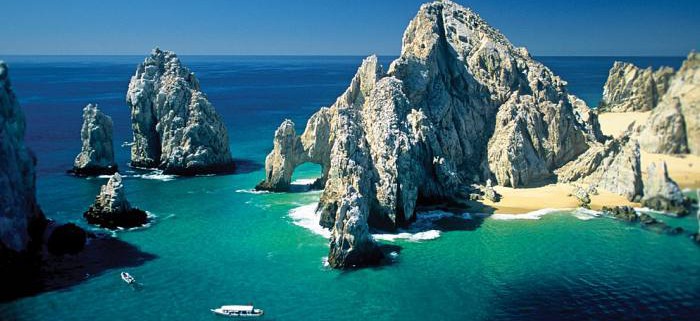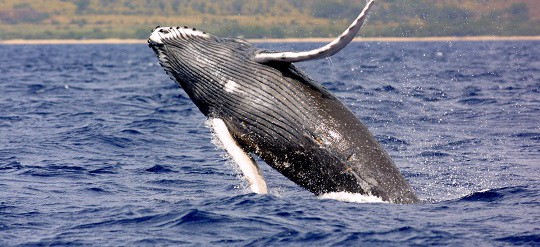With hurricane season arriving in Mexico along with the heat and humidity, did you know that there are other names given to similar storms in other parts of the world? ‘Typhoon’, ‘hurricane’ and cyclone are regional names for the same kind of storm. They are all special names given to tropical cyclones —large regional storm systems forming over warm tropical ocean water and rotating around a central eye—that have grown strong enough to have very damaging effects.
Meteorological Terms
The only difference between a hurricane, a cyclone, and a typhoon is the location where the storm occurs. The generic term used by meteorologists for both hurricanes and typhoons is tropical cyclone, referring to a rotating, organized system of clouds and thunderstorms that originates over tropical or subtropical waters and which has closed, low-level circulation. Once a tropical cyclone reaches maximum sustained winds of 74 miles per hour or higher, it is then classified as a hurricane, typhoon, or cyclone depending upon where the storm originates in the world.
- Typhoons
If you were somewhere bordering the Western North Pacific Ocean, that is, in the Philippines, the coast of China or Japan, and experiencing a tropical storm with sustained winds over 74 mph, you would be in a typhoon. A ‘Super Typhoon’ is the equivalent of a very strong category 4 or a category 5 Hurricane.
- Hurricane
If you were having a similar experience in the Eastern North Pacific Ocean (Hawaii to the Mexican coast) or in the North Atlantic Ocean (Caribbean, Gulf of Mexico and east coast of North America), you would be in a hurricane.
- Cyclone
Tropical storms with sustain wind speeds above 74 mph in the South Pacific and Indian Ocean are resorted as cyclones. In general, the names given to these meteorological phenomenons are simply based on geography.
- Differences
Despite their obvious similarities, there are also some important differences between hurricanes, cyclones and typhoons. Due to the very large expanse of warm, tropical ocean in the western Pacific and other global atmospheric patterns, typhoons are more common than hurricanes. On average, there are 25 to 30 storms that rise to the status of a named typhoon every year, and only 6-10 that become named hurricanes.
Typhoons and Hurricane Season
Both hurricanes and typhoons are most common in the months of June through November. Around the North Atlantic basin, this period is often referred to as ‘Hurricane season’, and it is relatively unheard of to experience a hurricane mid-winter. Only 4 winter hurricanes have been recorded since 1886. In contrast, although typhoons have the same peak season, they can occur in mid-winter as well and on average there are two winter-month typhoons each year.
However, it is not common to hear about typhoons and hurricanes occurring in both regions at exactly the same time. The likelihood of a storm gaining strength to become either kind of named storm depends in part on large-scale atmospheric patterns as well as ocean temperatures. These atmospheric patterns are so large that when conditions are good in the western North Pacific for forming typhoons, they usually aren’t so good in the North Atlantic for forming hurricanes, and vice versa.
This concludes the article on summer storms, and the different ways they can be referred to based on the location where the weather system forms.











